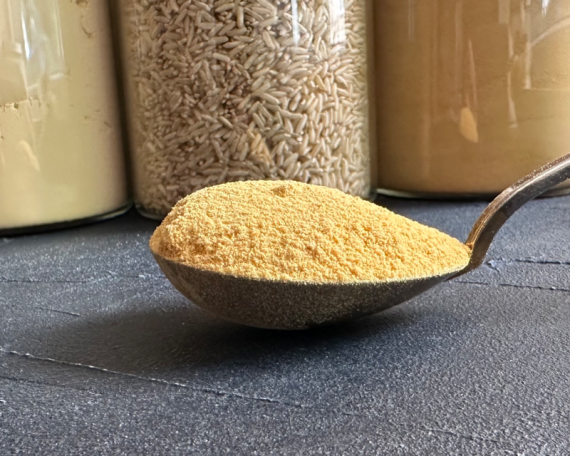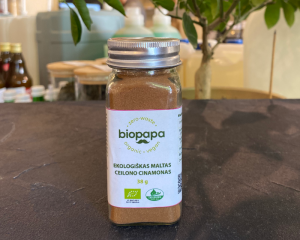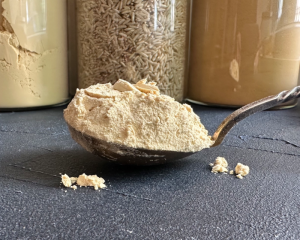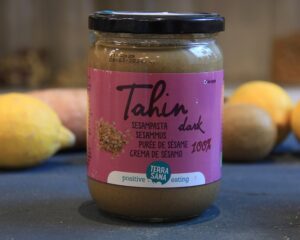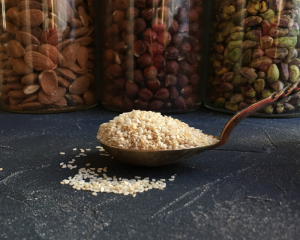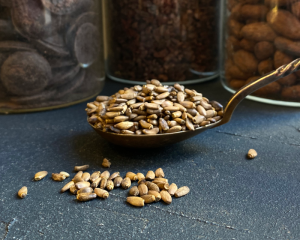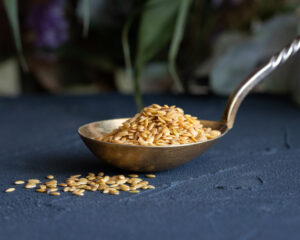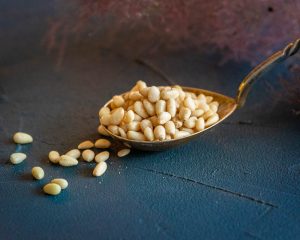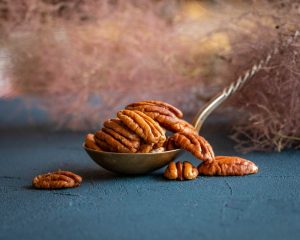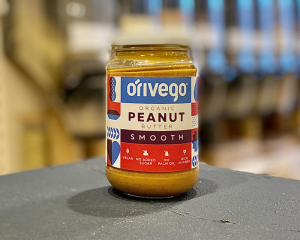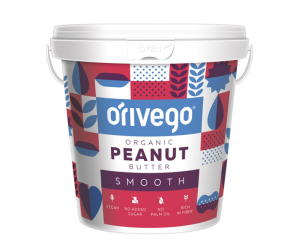Organic soya lecithin
From 1.90€
Organic soya lecithin is made from organic soya beans grown without synthetic pesticides or GMOs. After harvesting and cleaning, the soybeans are crushed to extract soybean oil, which is extracted using processes such as oxygen deoxygenation and solvent extraction (extrahealth) to produce lecithin that meets organic standards. The extracted soya lecithin is carefully dried and packaged to preserve its organic integrity, making it a preferred ingredient for those who want to obtain emulsifiers and stabilisers from natural and sustainable sources.
Benefits of soya lecithin
– Emulsifier and stabiliser. Soya lecithin is used as a natural emulsifier in foods, helping to mix ingredients that would otherwise break down, such as oil and water. It stabilises the consistency of food and extends shelf life.
– Cholesterol regulation. Soya lecithin contains phospholipids, which can help lower LDL (bad) cholesterol. Regular use can improve heart health by reducing the risk of atherosclerosis.
– For brain health. The phospholipids in soya lecithin are essential components of cell membranes. Some studies suggest that lecithin may help memory.
– For liver health. The potential of lecithin to prevent liver disease has been studied. It can help break down fat in the liver and maintain liver health.
– For skin health. Soya lecithin is often used in cosmetics and skin care products because of its moisturising properties.
Attention!
Allergies. Soya lecithin is derived from soya beans, so people with soya allergies should take care. Although most allergenic proteins are removed during processing, particles may remain.
Gastrointestinal problems. Some people who take large amounts of lecithin supplements may experience mild gastrointestinal upset, such as diarrhoea or stomach cramps. It is recommended to start with low doses.
Drug interactions. Soya lecithin may interact with some medicines, especially blood thinners such as warfarin. Be careful.
Pregnant and breastfeeding women. Soya lecithin is mainly taken with food. There is insufficient reliable information on whether it is safe for pregnant and lactating women to take lecithin in higher amounts. Be careful.
Use of soya lecithin
Food industry. Soya lecithin is a common ingredient in the food industry. It is used in products such as chocolate, confectionery, margarine and salad dressings to improve texture and extend shelf life.
Food additives. Lecithin supplements are available in various forms, including capsules and granules. These supplements are used to improve brain function, maintain cardiovascular health and regulate weight.
Cosmetics and skin care. Due to its emollient properties, soya lecithin is found in many skin care and cosmetic products. It helps maintain skin moisture by acting as a natural moisturiser.
Overall, soya lecithin is a versatile and widely used ingredient with many benefits and applications.
In baking, it is often added to improve the texture of bread, cakes and pastries and to retain moisture. It acts as an emulsifier for salad dressings and mayonnaise, ensuring that the oil and water ingredients are evenly mixed.
Soya lecithin is useful in smoothies because it gives a creamy texture.
It can be used to improve the consistency of sauces.
Soya lecithin is a valuable addition to both sweet and savoury foods, improving their texture, flavour and overall quality.
The recommended daily intake of soya lecithin powder is about 1-2 tablespoons, which is about 7-14 g.
Homemade soy lecithin salad dressing recipe
Ingredients:
2 dishes. k. soya lecithin powder
1/4 cup warm water
3 dishes. k. organic virgin olive oils
2 dishes. k. organic balsamic vinegar
1 garlic clove or 1/4 tsp. 1/4 garlic granules (optional)
1/2 t. k. mustard
Salt and pepper to taste
Preparation:
In a small bowl, mix the soya lecithin powder with warm water. Stir until the powder is completely dissolved. It may take a few minutes, so be patient.
In a separate bowl, mix the organic virgin olive oil, balsamic vinegar, garlic (if using) and mustard.
Slowly pour the melted soya lecithin mixture into the bowl with the oil, vinegar and remaining ingredients. Keep pouring the mixture to make sure the sauce emulsifies properly. Whisk until the sauce thickens and becomes creamy. Add salt and pepper.
If you like, you can also adjust the acidity or sweetness of the sauce by adding more balsamic vinegar or a little honey.
Herbs such as basil, thyme or oregano can be added to the sauce.
The zest of citrus fruits (lemon, lime or orange) will add freshness to the sauce.
If you prefer a creamy sauce, you can add a spoonful of yoghurt or mayonnaise.
Your homemade soy lecithin salad dressing is ready to use!
Sources
https://www.medicalnewstoday.com
https://www.verywellhealth.com
NOTES. The information provided here should not be considered as advice on treatment or other health issues. We encourage you to make personal health decisions based on your personal knowledge and consideration of different sources of information.
Organic soya lecithin 100 %
Energy value 2081 kJ / 497 kcal
Fat 55,23 g
- of which saturates 14,04 g
Carbohydrates 26,6 g
- of which sugars 2,5 g
Fibre 5,9 g
Protein 7,08 g
Salt <0,5 g
Store in a cool, dry place away from direct sunlight.


